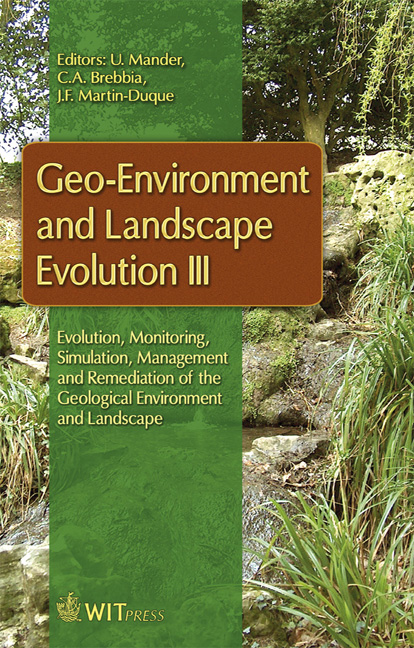Land Use Changes On Hiiumaa Island (north-western Estonia) In The Last Fifty Years
Price
Free (open access)
Transaction
Volume
100
Pages
10
Page Range
173 - 182
Published
2008
Size
683 kb
Paper DOI
10.2495/GEO080171
Copyright
WIT Press
Author(s)
A. Kaasik, J. Raet, K. Sepp, A. Leito & V. Kuusemets
Abstract
Significant social, economic and political changes of the last 50 years have altered Estonian rural landscapes. The paper analyses changes in land use intensity and landscape patterns in the two main agricultural regions (altogether 267 km2) of Hiiumaa, the second largest island of Estonia. The spatial analysis of land use patterns, which was based on decoded aerial photos (ortophoto maps) from 1956 and 1984, the digital Basic Map of Estonia from 1998, fieldworks in 2004/5 and performed in GIS software MapInfo, showed an overall decrease in agricultural land (esp. in account of natural and wooded grasslands) and gradual increase in forested land. The greatest change in land use pattern took place between 1956 and 1984. By 1984, the traditional and extremely diverse patchy mosaic landscape pattern of 1956 had become much more simplified and polarised as a result of collectivisation, land reclamation and wider use of industrial methods in agriculture. Since the beginning of the 1990s remarkable changes in agricultural land use intensity, a sharp decline by the end of the 1990s and a slight revival by 2004/5, have not yet caused any significant changes in landscape patterns. Keywords: rural landscapes, land use change, Hiiumaa. 1 Introduction There are several studies about general land use change in Estonia during the 20th century. Mander and Palang have brought out the main tendencies like a considerable increase in forests, decrease in agricultural lands and continuing
Keywords
rural landscapes, land use change, Hiiumaa.





